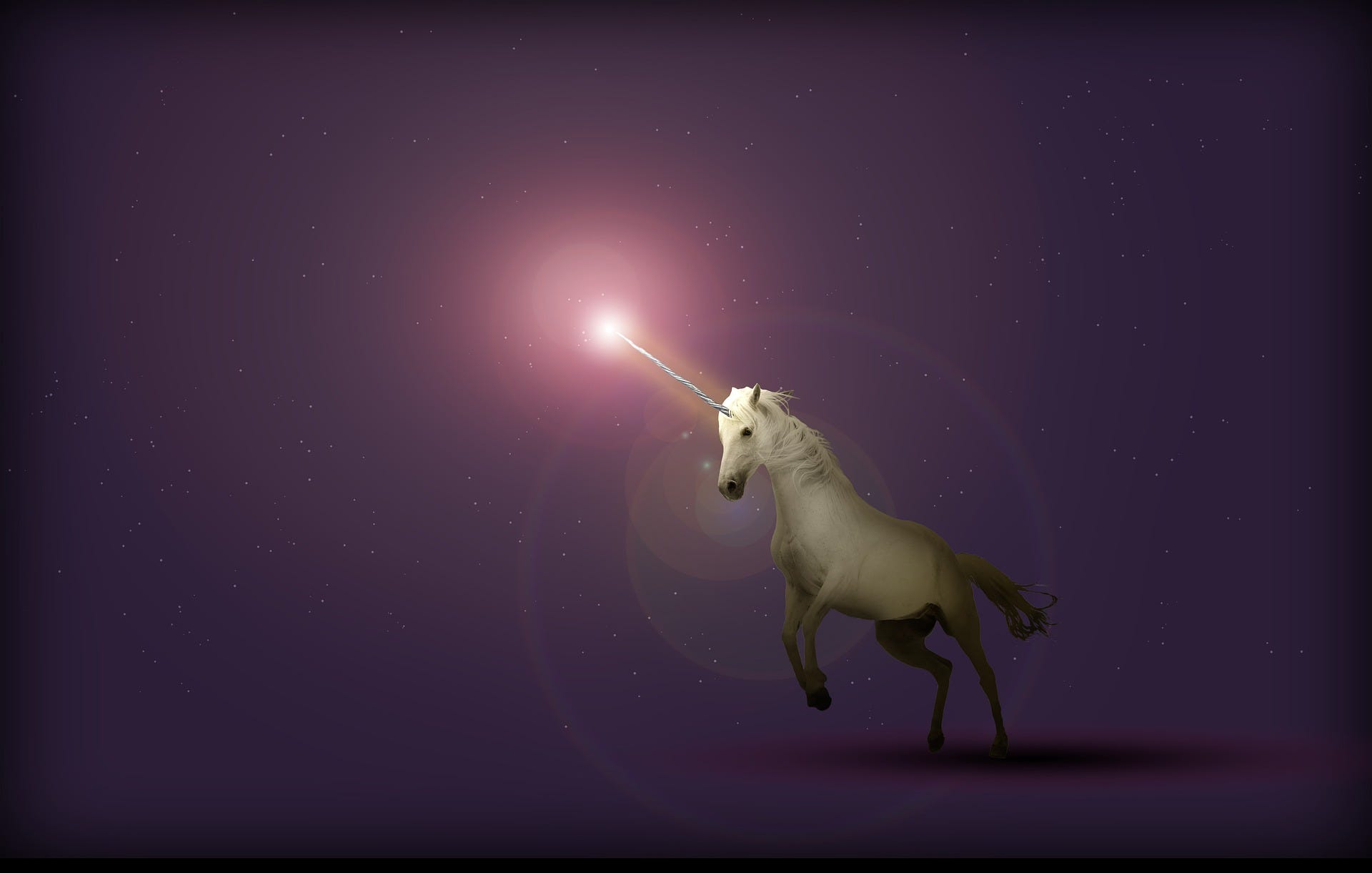

Supply and Demand
Let’s break the concept of graphing supply and demand down by thinking about any product that you buy in your daily life. How about pizza!
Demand is a function of how many people or customers are interested in purchasing a particular product or service. There are many dimensions that affect your decision to buy a pizza: quality, delivery, timeliness, taste, etc. But the one we are going to be concerned about (and plot on a graph) is one that is probably dear to your heart (and purse): price. Consider your purchasing decision: if a pizza costs $30, you probably are not going to buy too many of them. If it costs $1.50, you may eat nothing but pizza until you really fatigue of it. Most everyone else thinks about the pizza purchase decision the same way. The Demand graph is the sum of everybody’s decisions to purchase based on price.

We graph Supply and Demand on two axis: the horizontal axis is Quantity: this is how many pizzas get purchased in aggregate at each Price; Price is the vertical axis.
The Demand curve (even though it is usually represented as a line, we call it a curve) has a downward slope, which means that at high prices, less quantity is sold and at low prices more are sold.
The Supply curve is the amount that providers will make at a certain price. The curve is the sum of what happens to quantity at all these different price points. The way to think about Supply is: if pizzas are selling at $30 a piece lots of folks will think about getting into the pizza business because they feel they can make lots of money; and if pizzas are selling at $1.50 many pizza makers will abandon the business because they are losing money. So more quantity is supplied to the market at higher prices and less at lower prices.
These two lines, Supply and Demand, make an X on the graph. Where they intersect is where the market balances and enough are sold at that price to satisfy both the demand for pizza and the supply of pizza. That is the market equilibrium and determines the quantity and the price at which the market clears.
Elasticity of Demand
Elasticity of Demand measures the slope of the demand curve and helps locate the point where total revenue is maximized. Total Revenue is price times quantity. Here is a post that goes into more detail.
The Value of Understanding Economics
In the past three centuries, our understanding of economics has been instrumental in lifting the bulk of humanity out of abject poverty and a life that was nothing but nasty, brutish, and short. Here is a slide deck that looks at some of the inflection points.
Receive my 7 day email course
Take your finance skills to the next level with my 7-day corporate finance email course. You'll learn all the essential topics from financial analysis to risk management in a fun, engaging format. Each day, you'll receive an email with practical examples, exercises and resources. Perfect for aspiring finance pros or anyone looking to expand their knowledge. Get ready to transform your finance game!
If you like this article. Here are some more articles I think you might like.

The Road to Becoming a Unicorn: A Quick Guide to Startup Funding Rounds

Oh Behave! Behavioral Economics: Why we do what we do.




